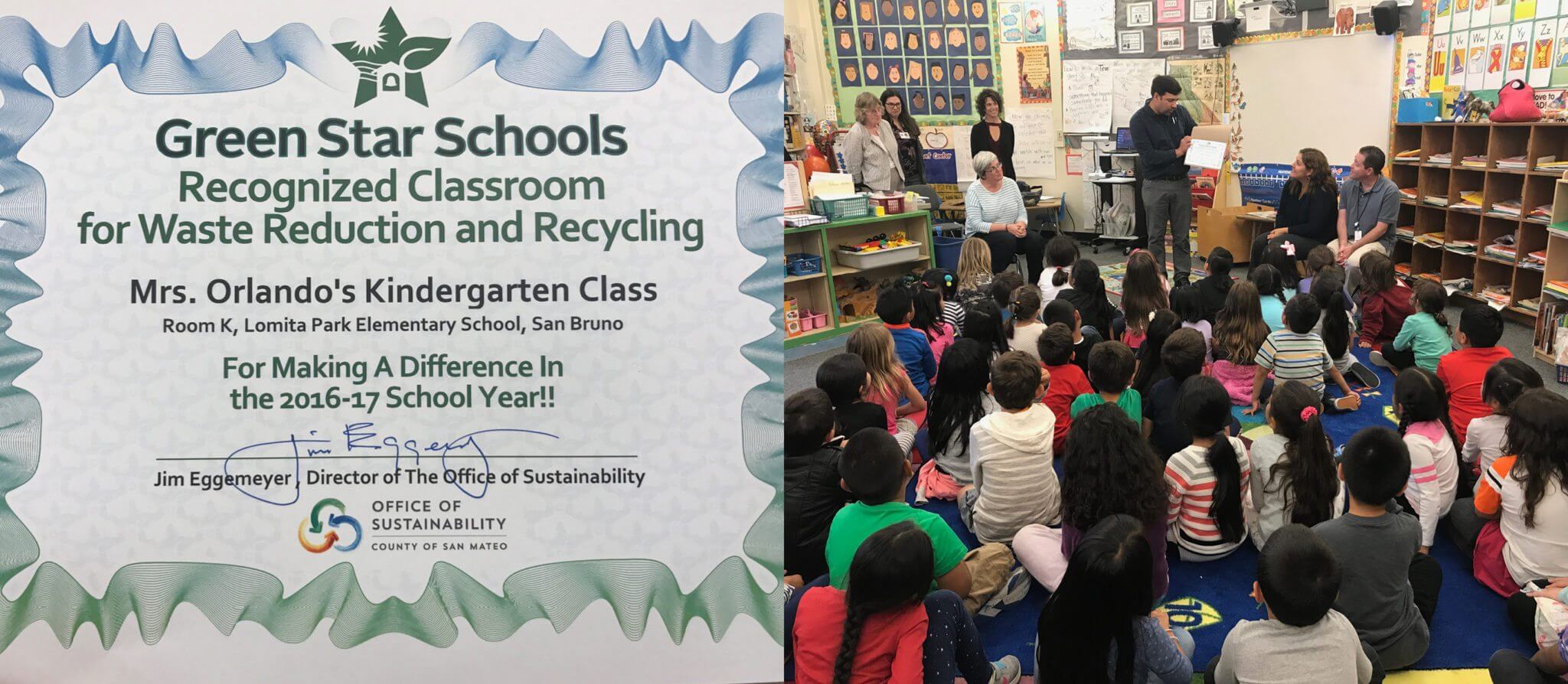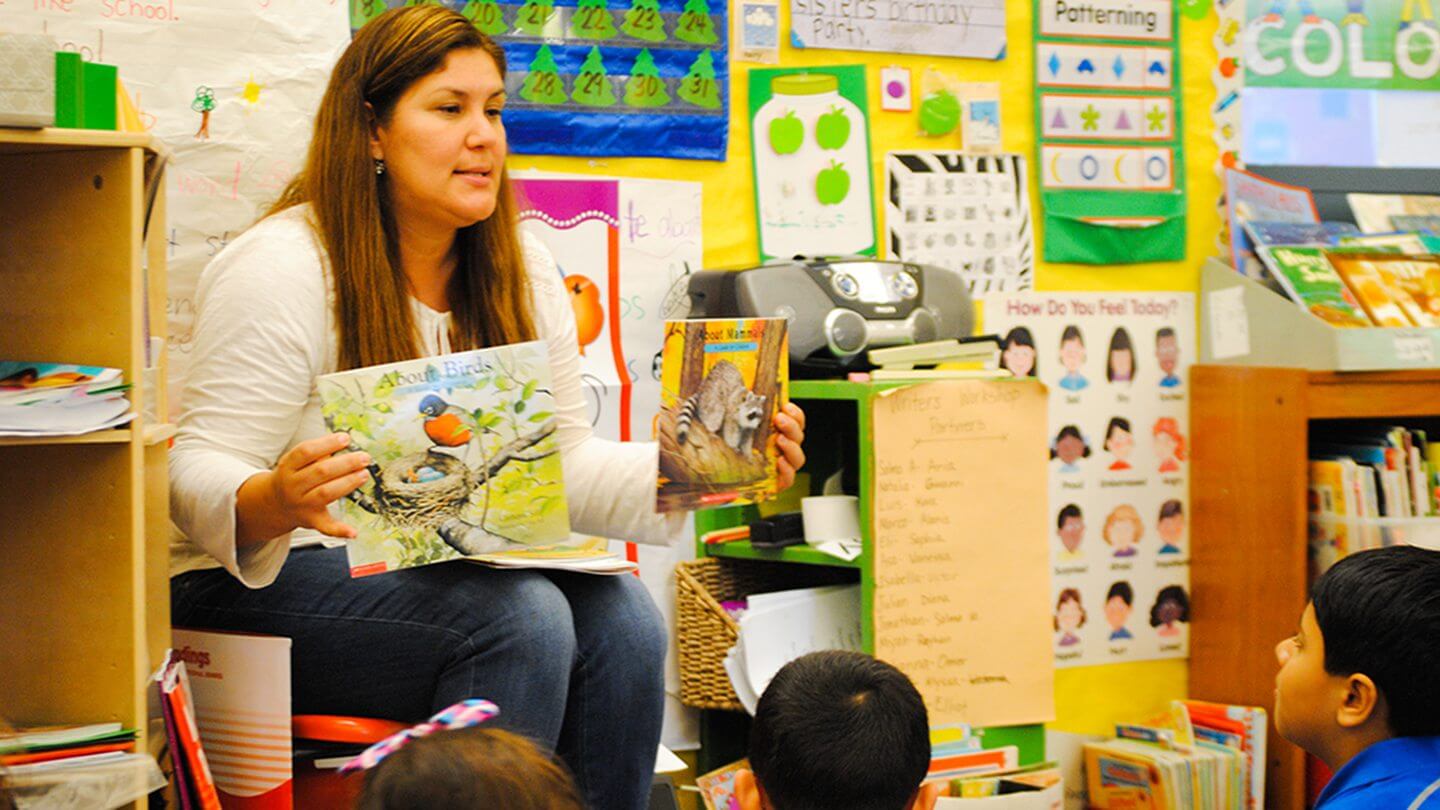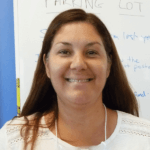As a kindergarten teacher, one of my goals at the beginning of each school year is to have my students reading and (hopefully!) writing by June. At the beginning of every year I realize what a monumental task it is as I gaze at my classroom on that first day of school. If you’ve ever set foot in a kindergarten classroom, you know exactly what I mean. My students are all so unique, with varying likes and interests. They come to me with different first languages and distinct personalities. Some have never attended preschool, and, in some cases, have never heard the word “no.” The task to get them to read and write personal narratives, opinion pieces, and informational pieces by the end of the school year seems close to impossible with so many challenges. There are days when social and emotional support takes precedent; as we know children cannot learn when they are upset, sad, or worried. So you can imagine the frame of mind I was in when I decided to participate in the three-day San Mateo Environmental Learning Collaborative (SM ELC) teacher institute. I wondered, How and when am I going to teach my kindergartners about the environment, and what am I going to have to sacrifice to make this work?
I remember the first day at SM ELC feeling a bit overwhelmed with all of the new information presented to us. I was worried I would never learn all the important terms, charts, and vocabulary. What kept me focused and motivated, however, was realizing that what I was doing (and had committed to!) was for my students, and in the end I had to make it work for them. In my 23 years of teaching I have learned that as long as I keep it simple, engaging, and meaningful for my students, everything falls into place. I opened my mind and heart to the process, and away I went. I worked extremely hard those three days at SM ELC—learning, planning, creating. With the help of the presenters and partners I walked away a changed person, with a unit in the making that would change not only how I teach science but also how I view the environment. I walked into my classroom in the fall with a copy of my Unit of Study, titled Make Good Choices for Our World, but in my heart and mind I brought along so much more that I hadn’t even realized I was carrying until I finally started teaching it.
From the very first lessons that focused on identifying phenomena around our school to the last on how to be observers and recorders, I noticed a change in every one of my 26 students. They loved being outside and enjoyed using their senses. There seemed to be an awakening of sorts that came over all of them. Weeks of rain had kept them indoors for days at a time. They were eager to be outside, and explore and experience a part of their world they may have taken for granted. The stage was set for incredible learning that went beyond my expectations and forged the way for real change at our school and in their lives!
While teaching my unit, the birds around the school immediately caught their attention and became a focal point when asked: How do our choices affect the survival of animals in nature? They also helped illustrate how every decision we make has an impact on animals in nature. We learned about our birds and what animals need to survive through observation, literature, and videos. They were able to see first-hand how our actions impact the environment. Garbage left behind after snack time was the link that catapulted us into the next-level learning that included empowerment and change. They realized there was a problem, but more importantly they became a part of the solution.
The lesson on the 4Rs (Reduce, Reuse, Recycle, and Rot) inspired us to start recycling more than just paper in our classroom. We began recycling plastic containers and cans. By the end of the school year we even became a GreenStar school! The students performed the 4Rs poem at our school board meeting, and sang “What a Wonderful World” by Louis Armstrong. By the end of the Unit they had beautifully recorded their own findings through drawings and writing (yes, writing!) and they were reading stories that related to our unit of study. They were well on their way to that goal of mine and it wasn’t even close to June!

Reflecting on the experience, I did indeed teach my students about the environment and there was plenty of time. I realized that when it comes to teaching science through project-based learning, none of those challenges I was thinking about at the beginning of the school year get in the way—not reading levels, different first languages, or even personality differences—because what the children experience is pure and natural, and caters to all of their learning styles. We sacrificed nothing. In fact, the experience was so enriching that it enhanced my entire program last school year. My students were proud of their class-made books, recycling posters, and assessments, and had taken ownership of their classroom and kinder-yard. By the end of the year my students were reminding each other to recycle and even reminded me to take out the blue recycling bin on a few occasions. Now that is what I call making a positive impact on our world!




